Avoiding Avoidance
Real talk- avoidance just feels easier sometimes. Avoidance can show up in so many different ways in our lives and we may not even realize it. To first understand why avoiding avoidance is important, we have to first wrap our head around the anxiety cycle. So lets’ take a look.
Our anxiety is a messenger telling us that something is wrong. When we choose to ignore the messenger through avoidance, we experience short-term relief, but the fear only becomes greater when it is not addressed. The longer we avoid, the more our mind and body are conditioned to engage in avoidant behaviors for temporary relief. In other words, avoidance feeds the issue. The only true way out is through.
Avoidance can take many different forms so let’s walk through a few.
Cognitive avoidance
Suppressing internal thoughts or memories in order to avoid discomfort or worry. Cognitive avoidance can also show up as rumination around a particular scenario in hopes that hypervigilance will prevent worse case scenarios. Cognitive avoidance can lead to habitual concern, overthinking, and negativity.
Situational avoidance
Avoiding social situations, activities, or locations in order to decrease fear. Situational avoidance reinforces fear instead of diminishing it.
Emotional avoidance
Attempting to escape from challenging emotions to decrease emotional pain. Emotional avoidance leads to a lack of connection with self and others. It reduces vulnerability and intimacy with oneself and loved ones. Emotional avoidance can also exacerbate disassociation from the present moment.
Protective avoidance
Using safety features, such as perfectionism, over-checking, over-preparation, or procrastination to feel secure. Protective avoidance can lead to procrastination, distress, obsessive-compulsive thoughts, and behaviors.
Avoidance is a learned coping mechanism. If avoidance was modeled for us growing up or within close interpersonal relationships, it is more likely that you may engage in avoidance. Keep in mind that avoidance is not a personal flaw, rather, it a coping mechanism that we each can unlearn. To begin the healing process of avoidance mentality we have to first remind ourselves that feeling discomfort does not mean that we are unsafe. Once we can conceptualize that we are not in danger, we can begin exploring more deeply what is happening. When you find yourself avoiding, here are a few questions to begin asking yourself?
What/who/where am I avoiding?
How am I choosing to avoid?
How might this avoidance be contributing to or increasing my anxiety?
How might I choose to engage with my anxiety instead of avoiding it?
Avoidance is both natural and normal. When we find ourselves feeling highly anxious and overwhelmed we can help ourselves by engaging in stress-reducing exercises.
Try one out!
Connect with a friend
Reframe those anxious thoughts
Check the facts of the situation
Interrupt negative thinking
Accept where you are
Journal
Engage in healthy movement
Take some deep breaths
When we can allow ourselves to feel discomfort we can start to heal from the emotional pain we are feeling. Lastly, remember to be gentle and compassionate with yourself as you begin this process.

